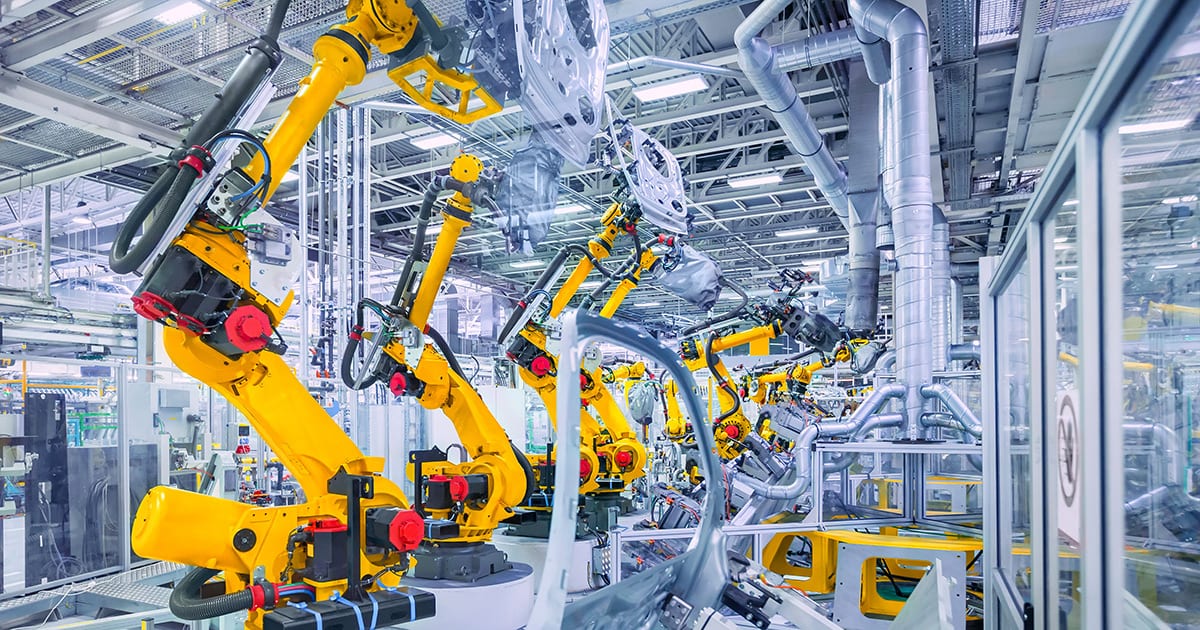A Deep Dive into Performance Metrics in OEE
Overall Equipment Effectiveness (OEE) is a pivotal standard for measuring manufacturing productivity. It assesses how well a manufacturing unit performs relative to its designed capacity during the periods it is scheduled to run. OEE is composed of three key components: Availability, Performance, and Quality. Each component addresses different types of losses that can affect productivity. In this article, we will delve deeply into the Performance aspect of OEE, exploring how speed losses impact manufacturing efficiency and what strategies can be implemented to optimize performance.
Overview of OEE
OEE is a comprehensive metric that provides insights into the efficiency of a manufacturing process. The formula for OEE is Availability x Performance x Quality, with each factor addressing specific loss areas:
- Availability: Accounts for downtime losses and is calculated as the ratio of operating time to planned production time.
- Performance: Measures speed losses and evaluates if the process is running at maximum possible speed.
- Quality: Addresses defect losses, focusing on parts that meet quality standards versus those that do not.
By analyzing these components, manufacturers can identify areas of improvement and implement strategies to enhance overall productivity.
Understanding Performance in OEE
When focusing on the Performance aspect in OEE, it is essential to analyze whether a manufacturing process achieves its maximum speed. Performance losses occur when production operates at less than the optimal speed. These losses can arise from various factors, including minor stoppages, reduced speed due to machine wear and tear, suboptimal process configurations, or unscheduled maintenance. Performance is quantified by comparing the actual cycle time of the production process against its theoretical minimum cycle time. Understanding and optimizing this metric is crucial for enhancing manufacturing efficiency and productivity.
Common Performance Loss Scenarios
Performance loss scenarios are varied and can significantly impact the overall efficiency of a manufacturing process. Some common scenarios include:
- Minor Stoppages: Frequent, short-duration stoppages that accumulate over time can lead to substantial performance losses. These might be due to minor adjustments, material jams, or short pauses in the process.
- Reduced Speed: Machines operating below their maximum speed due to wear and tear, suboptimal process settings, or other inefficiencies can drastically reduce performance.
- Unscheduled Maintenance: Unexpected maintenance tasks interrupt the production process, leading to downtime and reduced speed when operations resume.
- Idling and Empty Running: Times when machines are running without producing any output, often due to bottlenecks or lack of synchronization in the production process.
- Suboptimal Process Configurations: Inefficient process setups that do not take full advantage of the machine’s capabilities or result in frequent adjustments and recalibrations.
Methods for Identifying and Measuring Performance Losses
To improve performance, it is crucial to identify and measure performance losses accurately. Key methods include:
- Real-Time Monitoring: Using sensors and IoT devices to collect real-time data on machine performance, cycle times, and stoppages.
- Historical Data Analysis: Reviewing historical performance data to identify trends and recurring issues.
- Process Mapping: Creating detailed process maps to visualize each step of the manufacturing process and pinpoint areas of inefficiency.
- Root Cause Analysis: Applying techniques such as the 5 Whys or Fishbone diagrams to investigate the underlying causes of performance losses.
- Standardized Documentation: Keeping comprehensive and up-to-date records of all processes and performance metrics to facilitate accurate analysis and continuous improvement.
Investigating Root Causes of Performance Losses
Understanding the root causes of performance losses is essential for developing effective solutions. Methods include:
- Detailed Inspections: Regular and thorough inspections of equipment to identify wear and tear or other issues impacting performance.
- Employee Feedback: Gathering insights from operators and technicians who interact with the machines daily.
- Performance Audits: Conducting regular audits to evaluate the effectiveness of existing processes and identify areas for improvement.
- Simulation Tools: Utilizing CAD/CAM simulation tools to estimate process times and model different scenarios for optimizing performance.
Strategies for Improving Performance
There are several strategies that manufacturers can implement to improve performance:
- Setup Reduction Techniques: Implementing methods such as SMED (Single Minute Exchange of Dies) to reduce changeover times and increase machine uptime.
- Preventive Maintenance: Establishing a preventive maintenance schedule to address issues before they lead to significant downtime.
- Process Optimization: Continuously analyzing and refining process configurations to ensure optimal performance.
- Training and Development: Providing ongoing training for operators and technicians to ensure they are knowledgeable about best practices and new technologies.
Tools and Technologies for Performance Tracking
Advanced tools and technologies can greatly enhance the ability to track and improve performance:
- IoT Devices and Sensors: For real-time data collection and monitoring of machine performance.
- CAD/CAM Software: To design processes, generate NC programs, and simulate different scenarios for optimizing performance.
- Performance Dashboards: Visual tools that provide real-time insights into key performance metrics and trends.
- Data Analytics Platforms: For analyzing large datasets to identify patterns and areas for improvement.
Data-Driven Decision Making
Using data to inform decision-making is crucial for improving performance. Steps include:
- Data Collection and Evaluation: Gathering comprehensive data on performance metrics and evaluating it to identify trends and anomalies.
- Root Cause Identification: Using data to pinpoint the underlying causes of performance issues.
- Real-World Implementation: Applying insights from data analysis to implement changes and measure their impact on performance.
- Continuous Improvement: Regularly reviewing performance data and making iterative improvements to processes.
Future Goals for Performance Improvement
Setting short-term and long-term goals is essential for sustained performance improvement:
- Short-Term Goals: Establishing a baseline, identifying quick wins, and tackling low-hanging fruit to achieve immediate improvements.
- Long-Term Goals: Implementing processes to address more complex performance issues and engaging in continuous problem-solving and optimization.
Conclusion
Improving the performance aspect of OEE is crucial for enhancing manufacturing efficiency and productivity. By understanding performance losses, identifying root causes, and implementing targeted strategies, manufacturers can optimize their processes and achieve significant gains. Utilizing advanced tools and technologies, and making data-driven decisions, will further support continuous improvement efforts, ensuring long-term success in manufacturing operations.





